Media | Articles
Homegrown: GM designer’s Lancia Stratos HF kit car
Welcome to Homegrown—a new limited series about homebuilt cars and the ingenuity, diligence, and craftsmanship of their visionary creators. Know of a killer Homegrown car that fits the bill? Send us an email at tips@hagerty.com with the subject line HOMEGROWN: in all caps. Enjoy, fellow tinkerers! -Ed
While Noah Webster may not concur, we’d define a serious auto enthusiast as an individual who continues fiddling with cars in the evening after a long day toiling over them at work. Garrick Zack, 47, a designer in GM’s Advanced Studio in Warren, Michigan, fits that description to a T. While Zack won’t disclose the future products he’s working on by day, we’re frankly more interested in what he’s cooking up by night, in his garage. He proudly shared with us the replica Lancia Stratos HF kit car he assembled from Lister Bell, at his home north of Detroit.
Over the years, Lister Bell (now LB Specialist Cars) has sold roughly 150 Stratos kits to customers around the world who admire the design and performance of one of history’s most legendary rally cars. Homologated for the FIA’s Group4 competition in 1974, the Lancia Stratos HF (High Fidelity) won five Tour de France competitions and the World Rally Championship from 1974 through 1976.

Zack notes, “My kit came in a box larger than a full-size van. Each of the fiberglass body pieces was wrapped separately; the space frame was assembled but no driveline components were included. The quality of the panels facilitating tight gaps and perfect alignment impressed me from the start.
“Because the white exterior color is molded into the gelcoat, no painting was required. My initial cost was around $50,000 though it’s hard to guess what it might be today due to fluctuations in the international currency exchange rate and other variables. My total investment was approximately $100,000. Initial construction took place in my mother-in-law’s one-car garage. Later, I was able to use a friend’s two-car garage.”
Marketplace
Buy and sell classics with confidence
LB is based in Newark-on-Trent, Nottinghamshire, U.K., north of London. This enterprise isn’t currently selling its STR kits due to pandemic- and Brexit-related challenges. While Lancia originally built nearly 500 Stratos cars for homologation, LB has sold around 150 of its STR replicas to date. Factory originals bring $500,000 or more depending on their competition record in the rare instance one reaches the auction block. And then there’s MAT in Italy that charges $600,000+ (not including the cost of a Ferrari F430 donor car) to make its modern-age New Stratos.
LR’s tubular spaceframe provides engineered mounting points for all suspension and driveline components. There are control arms in front and struts in back with a dual-rate coil-over damper at each corner. This arrangement provides a pleasant ride with excellent balance and body control during the inevitable aggressive driving. The brake system includes opposed-piston calipers and slotted discs made by HiSpec in England. Compomotive “coffin spoke” aluminum wheels are shod with aggressive Michelin Course radial tires, size 215/55VR-15 in front and 335/35VR-15 in back.
While the rally pod lamps look like they’d be excellent for urging laggards out of the passing lane, Zack doesn’t use them. The pop-up fender headlamps and low-mounted fog lamps provide ample night-time illumination, he reports.
Zack’s engine is the 3.0-liter four-cam 24-valve V-6 that powered Alfa Romeo 164 sedans in the late 1990s. After suffering the failure of the first used engine he purchased, Zack found a fresh replacement still in its crate. This fuel-injected V-6 provides around 230 horsepower and is married to a five-speed manual transaxle. LB made the entire exhaust system, including mufflers, out of stainless steel.
The custom-made bucket seats are included in the kit. All the Veglia instruments are common with a Fiat 124, except for the Auto Meter fuel gauge. Door and panel latch hardware also came from Fiat parts bins.
The biggest issue Zack experienced was persuading the Italian electrical system to behave. “Thankfully, Brian Scott, an electrician I know at work got my car to start and run perfectly,” he notes. “Also, I’d be remiss not mentioning my wife Renee’s contributions. She not only kept our two kids out of my hair when I was busy working, she pitched in repeatedly, trial fitting and removing the engine. Her support made this a totally enjoyable project.”
Since completing the project five years ago, Zack has enjoyed driving his homebuilt Stratos some 3000 miles. “It’s a time machine with roots deep in the past yet capable of drawing attention today,” he adds.
“The compact size, light weight, and quick steering make my Stratos feel like maneuvering a go-kart. My kids love taking rides. The best part is the satisfaction I realized from assembling this car myself.”
Climbing into the driver’s seat over the guard beam that intersects the door opening is a major challenge but much easier than escaping this Stratos’s grip on my un-limber body. There’s more room and far easier entry and exit on the navigator’s side of the cockpit.
Zack demonstrated the agility he adores on a quick lap of his neighborhood. Forward visibility is excellent, especially to the sides of the car, though the view to the rear is full of black louvers. The exhaust note is just right—assertive but never oppressive or annoying to neighbors.
The designer also admires the interplay between function and form evident in his homegrown Stratos. We’d say it’s a stunning result from a serious car enthusiast burning the candle at both ends.



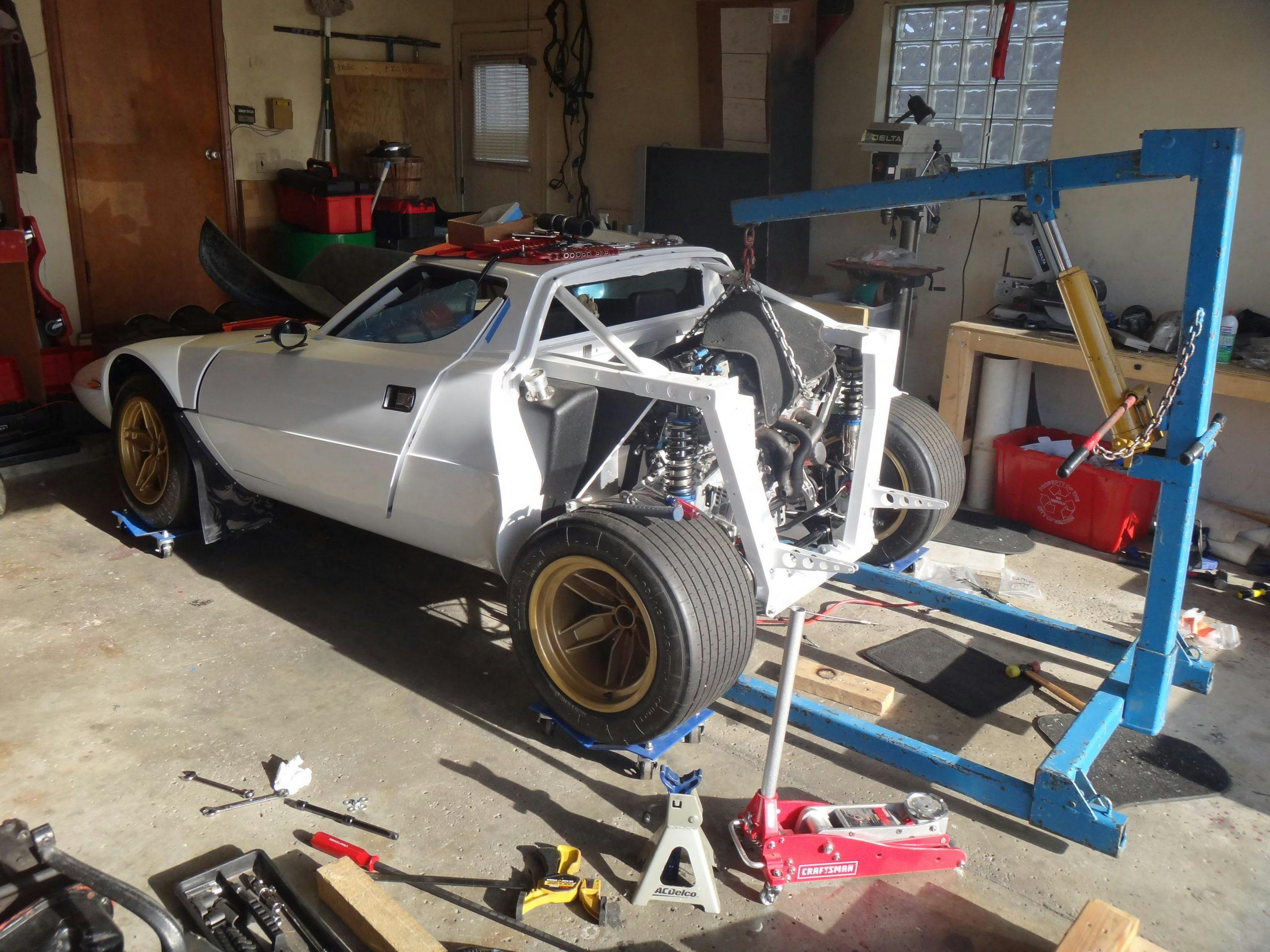

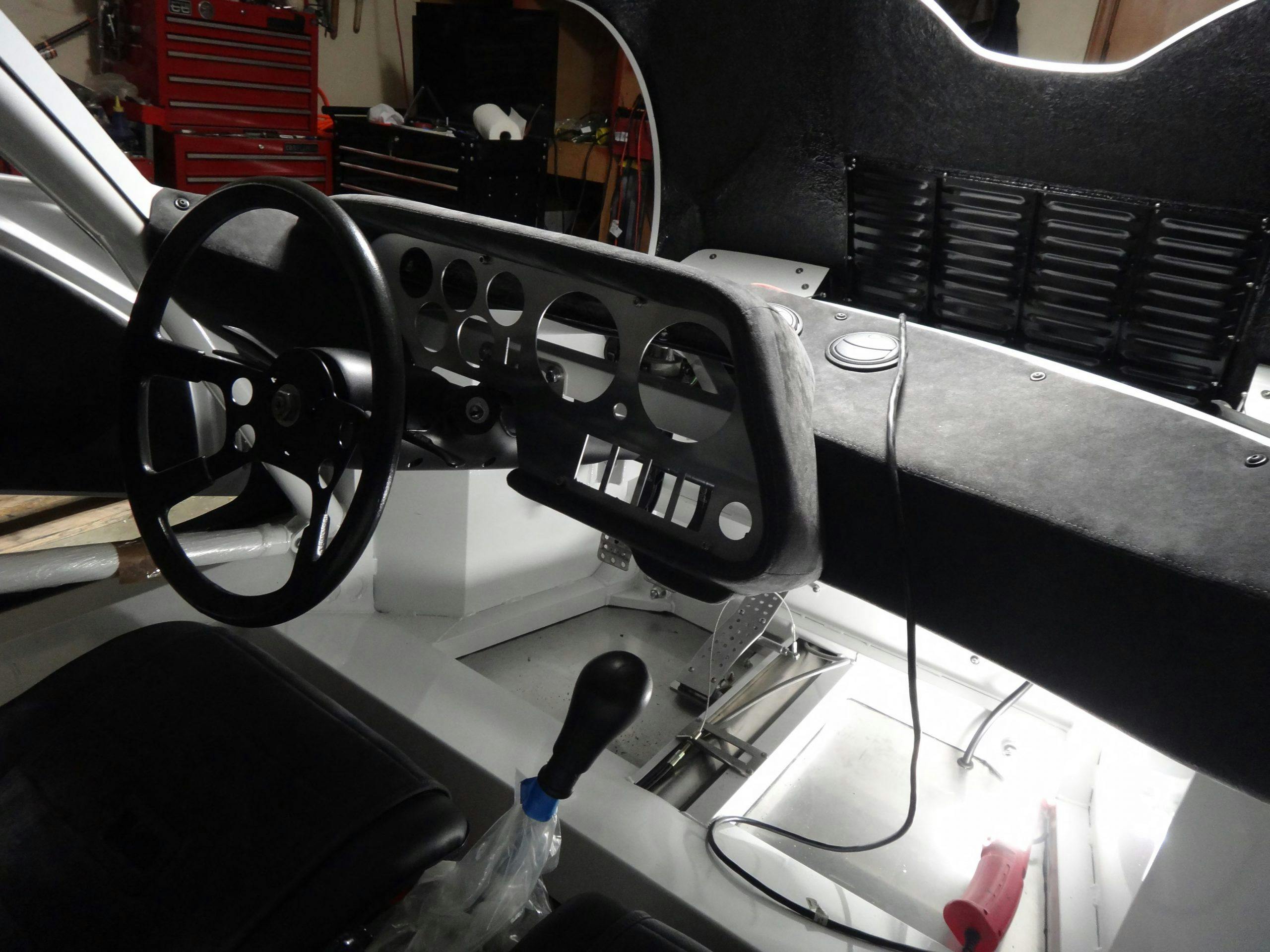







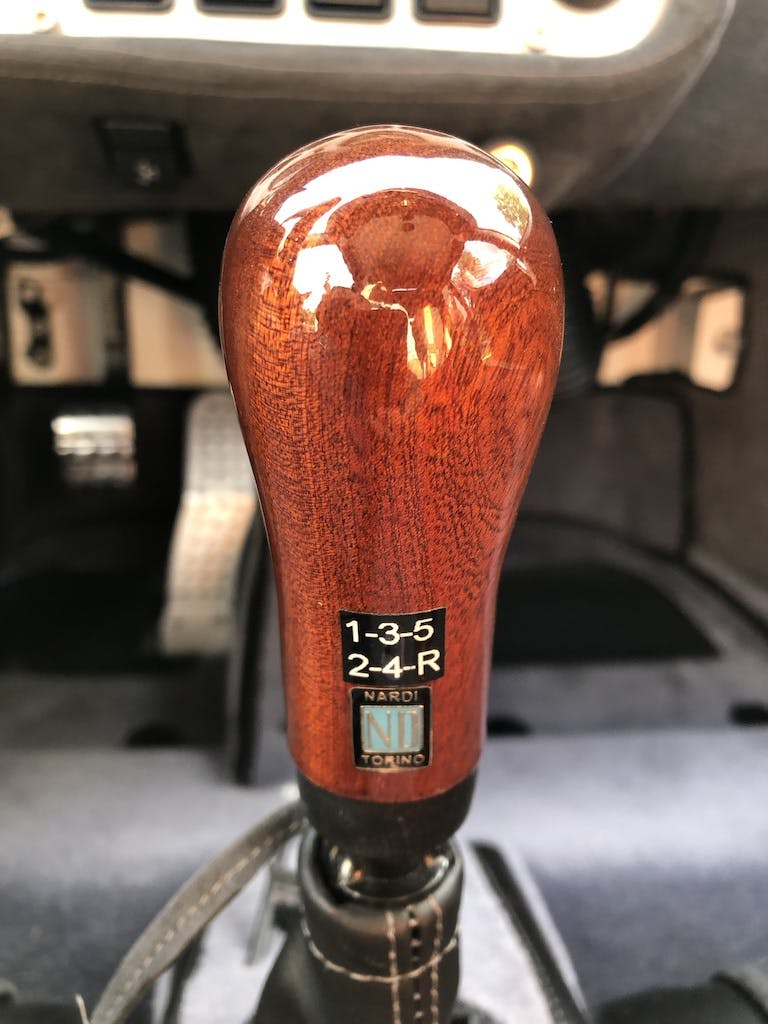










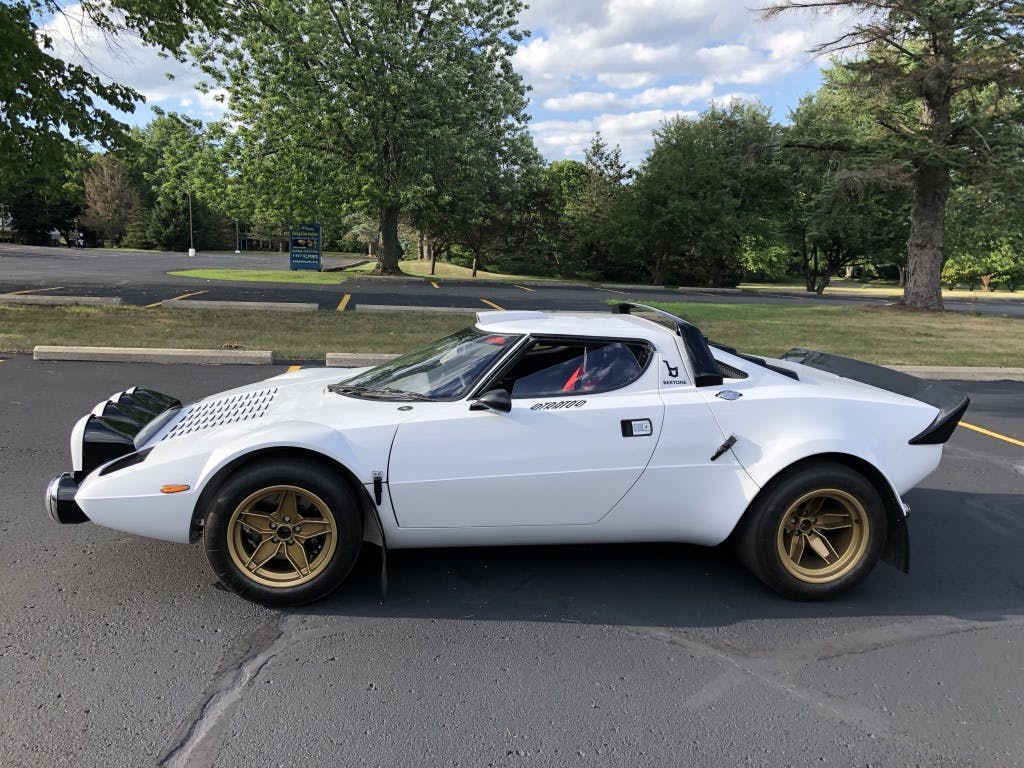









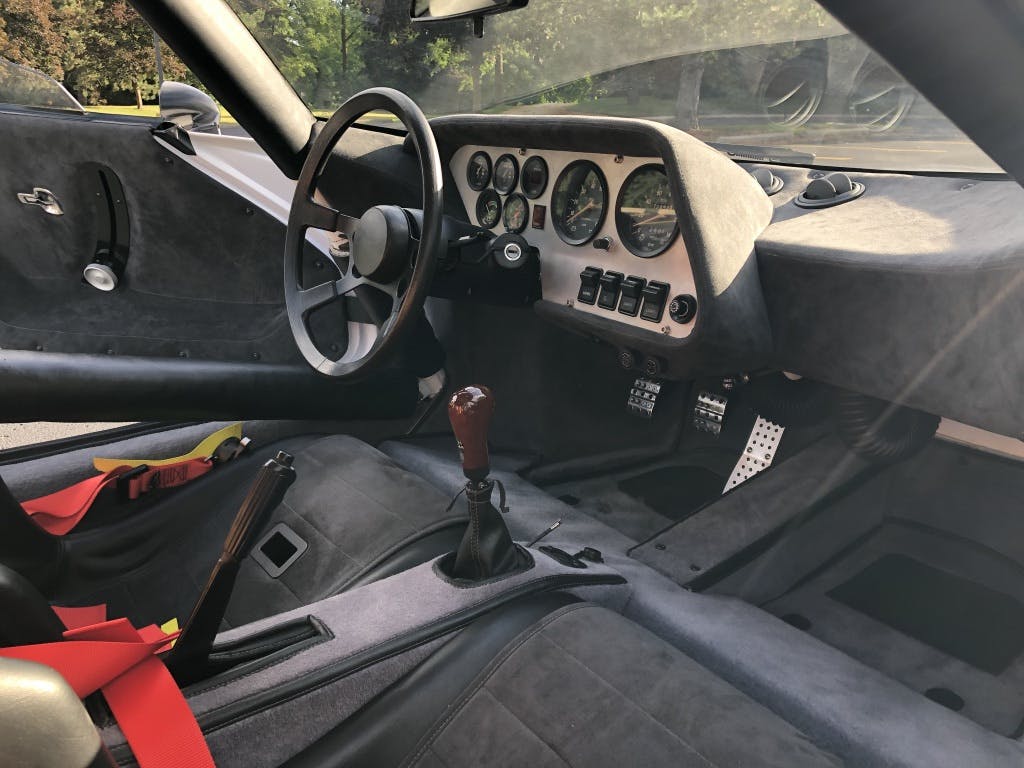







































Beautiful!
I want one too!!!